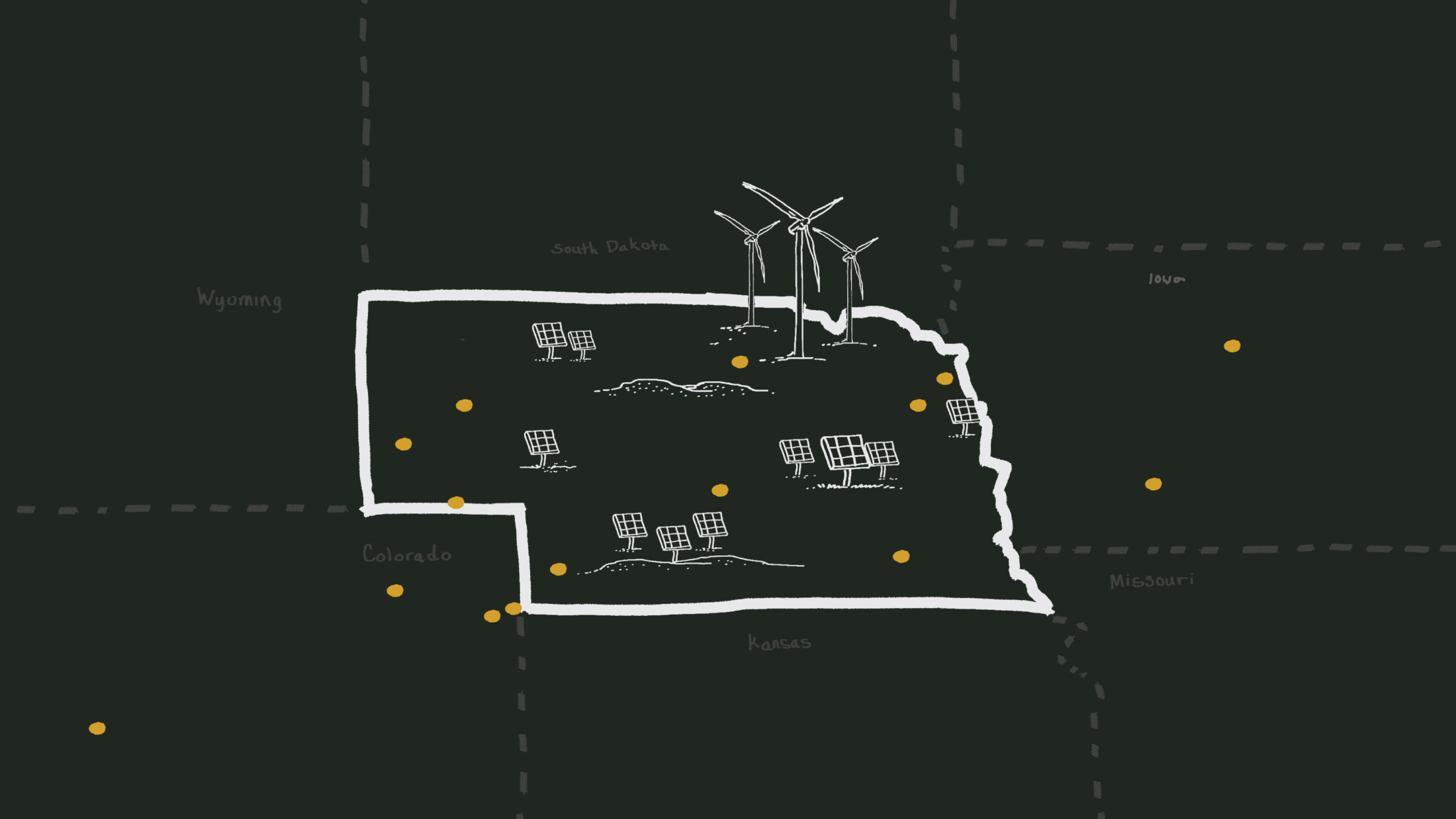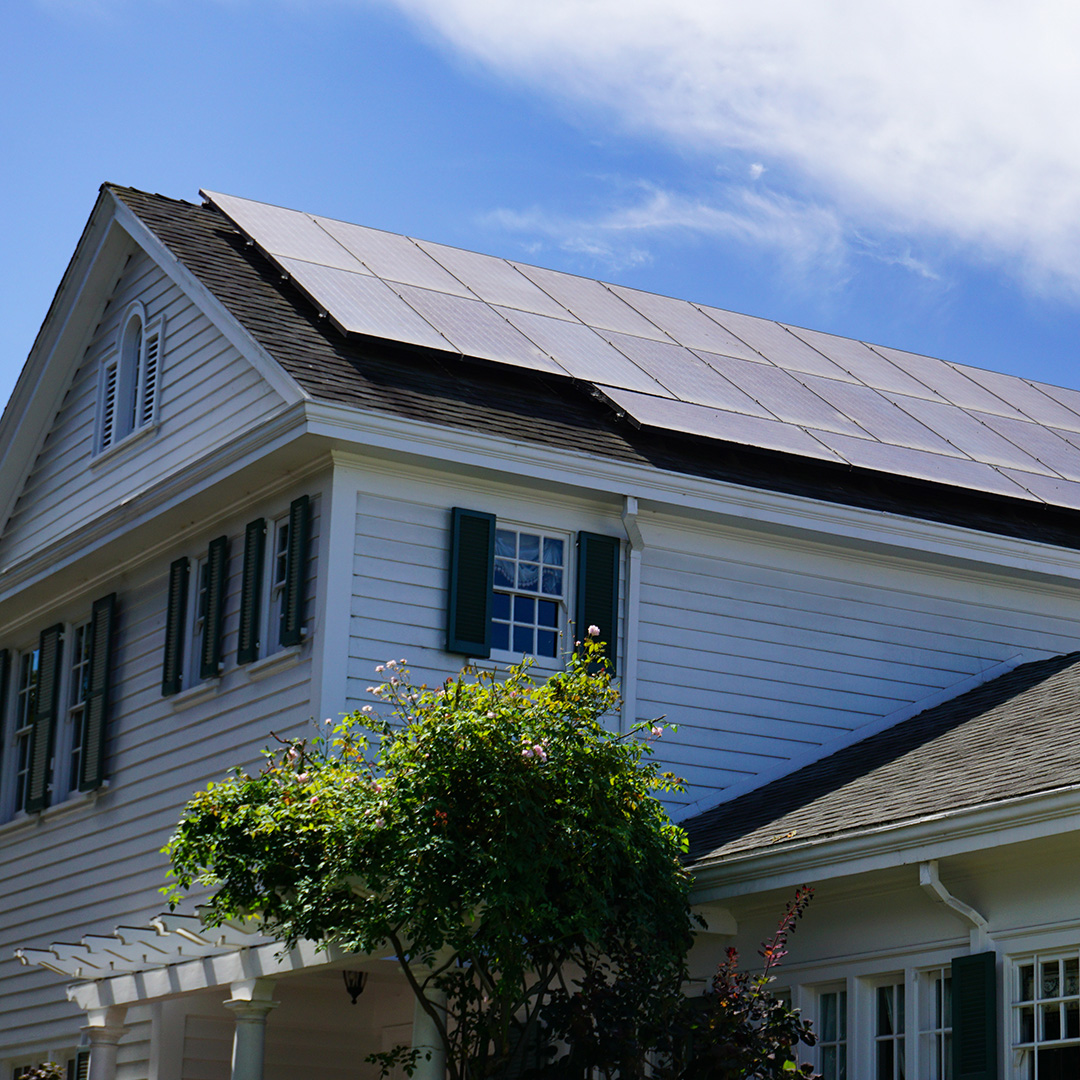In 2023, renewable energy sources accounted for 30% of the world’s electricity generation, a significant milestone in the global shift towards cleaner energy. This achievement is even more remarkable given that hydroelectric power, traditionally a major component of renewable energy, experienced a five-year low due to severe droughts in regions like China, India, North America, and Mexico. The increase in wind and solar power generation drove the overall growth in renewables, according to a new report from Ember.
Key Drivers of Renewable Energy Growth
Wind and Solar Power Expansion: Wind and solar energy were the primary contributors to the increase in renewable electricity. Solar power, in particular, saw a dramatic rise, with twice as much solar capacity added compared to coal power. This marked the 19th consecutive year of solar being the fastest-growing source of electricity generation.
Regional Contributions: China led the world in adding new renewable energy capacity, contributing 51% of the global increase in solar power and 60% of the increase in wind power. Other significant contributors included the European Union, the United States, and Brazil, which together accounted for 81% of the new solar generation capacity.
Impact of Increased Electricity Demand
Global electricity demand rose by 2% in 2023, equivalent to the annual electricity consumption of Canada. This increase was driven by the growing use of electric vehicles, heat pumps, data centers, and air conditioning as global temperatures continue to rise. Despite the higher demand, the substantial growth in renewable energy helped to mitigate the potential increase in fossil fuel use.
The expansion of renewable energy, particularly solar and wind, is essential to achieving international climate goals. If current trends continue, global power sector emissions might have peaked in 2023, marking a significant turning point in the growth of renewable energy.








